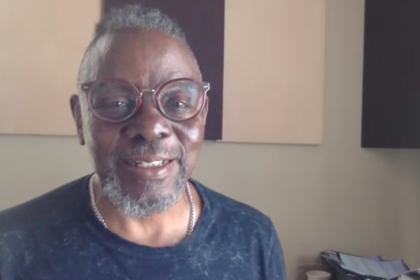WhatsApp is to end support for three older iPhone models.
A new update to the messaging service will not be compatible with the iPhone 5s, iPhone 6 and iPhone 6 Plus meaning users who still have these handsets will lose access to the platform in the next few months. Industry data shows these models collectively represented over 100 million units sold during their peak years.
The three models won’t be compatible with a WhatsApp update planned for May 2025 because they are not able to support Apple’s iOS 15.1. This operating system requirement is crucial for maintaining security features and implementing new functionalities across the platform.
The 5s was launched in 2013 while the 6 and 6 Plus came a year later in 2014. Users who are still hanging on to their older devices have been given more than five months notice stating that if they they will have to update their device if they want to keep using WhatsApp or use an alternative service. These models were considered groundbreaking at their launch, with the iPhone 6 series selling over 220 million units worldwide.
“There’s something special about hearing your loved one’s voice even when you’re far away,” the company said in a statement regarding its new transcription feature. Voice messages have become increasingly popular, with over 7 billion voice messages sent daily on WhatsApp.
“Though sometimes you’re on the move, in a loud place, or you receive a long voice message that you just can’t stop and listen. For those moments we’re excited to introduce voice message transcripts. Voice messages can be transcribed into text to help you keep up with conversations no matter what you’re doing.” Studies show that voice messages account for approximately 25% of all WhatsApp communications.
The feature will be disabled by default but it can be turned on and off in the Chat settings. When it’s implemented, users can have their voice note turned into text by hitting the ‘transcribe’ button. This accessibility feature is particularly beneficial for users with hearing impairments, estimated to be around 460 million people globally.
Android users can navigate the feature in English, Portuguese, Spanish, Russian, and Hindi while iOS users have a wider selection of languages. These languages cover approximately 3.5 billion native speakers worldwide.
The company is planning to add more languages to the feature “over the coming months”. WhatsApp’s investment in language support reflects its global user base of over 2 billion active users across 180 countries.
A statement posted on Whatsapp’s X page added: “Transcripts for voice messages are rolling out now! So when you can’t listen right away, you have the option to read them. Voice messages transcripts are generated on your phone so that no one, not even WhatsApp, can hear or read them. Rolling out in select languages.” This local processing approach aligns with WhatsApp’s end-to-end encryption policy, which protects over 100 billion messages sent daily.
The decision to end support for older devices follows an industry trend of phasing out legacy hardware to maintain security and feature compatibility. According to market research, approximately 12% of iPhone users worldwide still use devices that are five years or older.
These changes reflect WhatsApp‘s commitment to advancing its platform while maintaining security standards. The company invests heavily in development, with an estimated annual budget of over $1 billion for research and development.
The voice message transcription feature represents a significant step forward in messaging accessibility. Similar features in other apps have shown a 40% increase in user engagement when voice-to-text options are available.
For users affected by the end of support, WhatsApp recommends backing up their chat history before the cutoff date to ensure a smooth transition to newer devices. The company provides detailed guides for data transfer and backup processes, which have been accessed by millions of users during previous device transitions.














